Officially, Toyota is returning to F1 as a "technical partner" to Haas, and will "provide design, technical and manufacturing" services on a multi-year agreement.
Project manager Masaya Kaji was at pains to point out that Toyota is not returning as a works outfit and is not producing an in-house power unit for the 2026 revolution, but the dipping of the juggernaut's toes back into the grand prix pond is a big moment nonetheless.
The technical partnership is to be run under the Toyota Gazoo Racing (TGR) arm, which has provided so much motorsport success over the last decade, including five Le Mans 24 Hours triumphs and multiple World Rally drivers' and manufacturers' titles.
But there is an intriguing clue in what the president of TGR has said, indicating Toyota plans to be around for the medium-to-long haul.
"By competing alongside Haas F1 Team at the pinnacle of motorsports, we aim to cultivate drivers, engineers, and mechanics while strengthening the capabilities of Haas F1 Team and Toyota Gazoo Racing, and we desire to contribute to motorsports and the automotive industry," said Tomoya Takahashi.
This is key as the current 2024 version of Toyota is inexperienced in F1. The current generation of engineers and designers will not have produced grand prix cars. It is also seeking to fund an extensive Testing of Previous Cars (TPC) programme to give drivers within its pool valuable F1 seat time.
The world's biggest car company simply does not go to that level of investment and preparation on a whim, meaning the attention of Toyota has clearly been piqued, but unlike its last venture in F1, it appears to be already on the right track.
Viewed by others:
Toyota' inauspicious beginnings
Toyota's spell as a full works team between 2002 and 2009 was an abject failure as it failed to deliver anything near the investment and expectations delivered.
Entering in 2002, Toyota was already on the back foot after the technical rules were changed mandating the use of V10 engines, meaning the V12 that had been in development was scrapped and a fresh design was required.
The planned-for-2001 entry was skipped, but Toyota used the year to rack up the testing miles in an era where testing was unlimited and 20,000km was put on the clock of the first Toyota F1 machine.
Toyota made all the right noises of considering its 2002 season as a full learning year, but the return of just two points, and one of those coming from Mika Salo in the season-opener in Australia where most of the field was caught up in a famous first-corner accident, was pitiful.
The car, also driven by Allan McNish, lacked downforce and did not receive a substantial quantity of upgrades throughout the year.
So attention quickly pivoted towards 2003. Salo and McNish were axed and Cristiano de Matta and Olivier Panis were drafted in, with the pair banking the first double-points haul in Germany with fifth and sixth.
Toyota had climbed from two points and 10th in the standings to 16 points and eighth, but in the heart of F1's manufacturer boom, it was still lacking results. The hiring of former Jordan and Benetton engineer Mike Gascoyne looked to be a turning point, at first.
Toyota fails to bend to F1
F1 is unlike any other major international sporting championship, and as such, a team cannot simply be run as a road car division.
'The Toyota Way' is the bedrock of the Toyota culture, with some of the principles including "making decisions slowly by consensus, thoroughly considering all options; implement decisions rapidly" - or Nemewashi - and the idea of "stopping to fix problems to get quality right the first time," - Jidoka.
That might work well when you are producing the Yaris or Prius road cars, where time is a far higher luxury, but the need to adhere to 'The Toyota Way' failed badly in F1.
Take Mercedes-Benz for example. The team is owned by Toto Wolff, INEOS and the wider Mercedes-Benz Group, but for the most part, Stuttgart allows Wolff to do what he wants and how he wants to create a successful team.
There might be the odd appearance at a strategically important grand prix from chairman and CEO of Mercedes-Benz, Ola Källenius, but for the most part, the experts are left to run the shop.
In contrast, there is former Alpine CEO Laurent Rossi, who four-time F1 champion Alain Prost tore into after his fellow Frenchman was removed from his post in mid-2023.
"Laurent Rossi is the most beautiful example of the Dunning-Kruger effect, that of an incapable leader who thinks he can overcome his incompetence by his arrogance and lack of humanity towards his troops," he told L'Equipe.
"The one who was Alpine’s boss for 18 months thought he understood everything from the start when he was totally mistaken. His management broke the momentum that had been put in place since 2016 to reach these podiums and this victory."
You simply have to bend to your ways of working in F1 and hire experts who know what they are doing. Is it any surprise then that after Gascoyne joined, his first full project in 2005 produced Toyota's best F1 season?
Viewed by others:
Toyota's last F1 venture
Toyota claimed a respectable haul of five podiums and even claimed its first pole position at Indianapolis for the infamous six-car race through Jarno Trulli, with Ralf Schumacher joining to form the most settled line up the team would have.
But the momentum built in 2005 was scrubbed out by the turn into 2006, and not through the use of V8 engines instead of the V10s. Toyota had been running on Michelin rubber in the tyre war, and the machines were sculptured around these tyres.
But Japan wanted the Japanese F1 team to run on Japanese tyres, and so a switch to Bridgestone was ordered, but this tyre was incompatible with the suspension, and so it scored 53 fewer points and fell to sixth from fourth in the standings.
The following year was a podium-less season before '08 restored some pride. Steps appeared to have been made in the right direction for '09 with the team one of three to run the double-diffuser alongside Brawn and Williams.
Trulli netted pole in Bahrain, but strategy failures meant Toyota lost its best chance at winning a grand prix, and there was a welcome second place at Suzuka, the first home podium the team scored.
But the manufacturer boom of the early 2000s quickly turned into the manufacturer exodus of 2009, with Honda and BMW pulling out as a result of the global financial crash.
Toyota followed suit despite the 2010 machine being built. It is widely believed to have been the best car Toyota designed - but it would never race.
Just don't call it a return
"And to the media, please make sure that tomorrow's headlines don't read: 'Toyota Finally Returns to F1'," said chairman Akio Toyoda.
"Rather, it would be great to see headlines and articles that inspire Japanese children to dream of the possibility that they, too, could one day drive the world's fastest cars."
Toyota has been very firm since the announcement to deny this is a full-blown return, with Toyoda also describing how "somewhere deep in his heart, that ordinary older car-loving guy Akio Toyoda had always regretted having blocked―by pulling out of F1―Japanese youths' path toward driving the world's fastest cars."
Toyota is aiming to inspire the next generation of Japanese fans towards F1, but unlike its previous attempt at F1, it is earning its stripes and wants to be the quiet, observant partner.
Just don't call it an F1 return...
With the news, RacingNews365 was wondering which global manufacturer you would like to see enter F1.
In the poll below, we've given five options of manufacturers who do not have a works F1 programme.
Let us know your thoughts by voting and in the comments!
NOTES: Porsche is not listed due to it being under the Volkswagen umbrella, with Audi set to enter in 2026.
The Stellantis Group includes brands such as Chrysler, Alfa Romeo, Citreon, Dodge, Lancia, Maserati and Peugeot.
General Motors includes Chevrolet, Cadillac, and Buick.
Also interesting:
It has been a year since Max Verstappen won his third F1 title - with six grands prix to spare. Now Verstappen is in a fight this year, and with Red Bull under pressure to deliver him a car to retain his crown. Join RacingNews365's Ian, Sam and Nick as they discuss this and more ahead of the final six races.
Would you rather watch our podcast? If so, click here.
Don't miss out on any of the Formula 1 action thanks to this handy 2026 F1 calendar that can be easily loaded into your smartphone or PC.
Download the calenderMost read
In this article
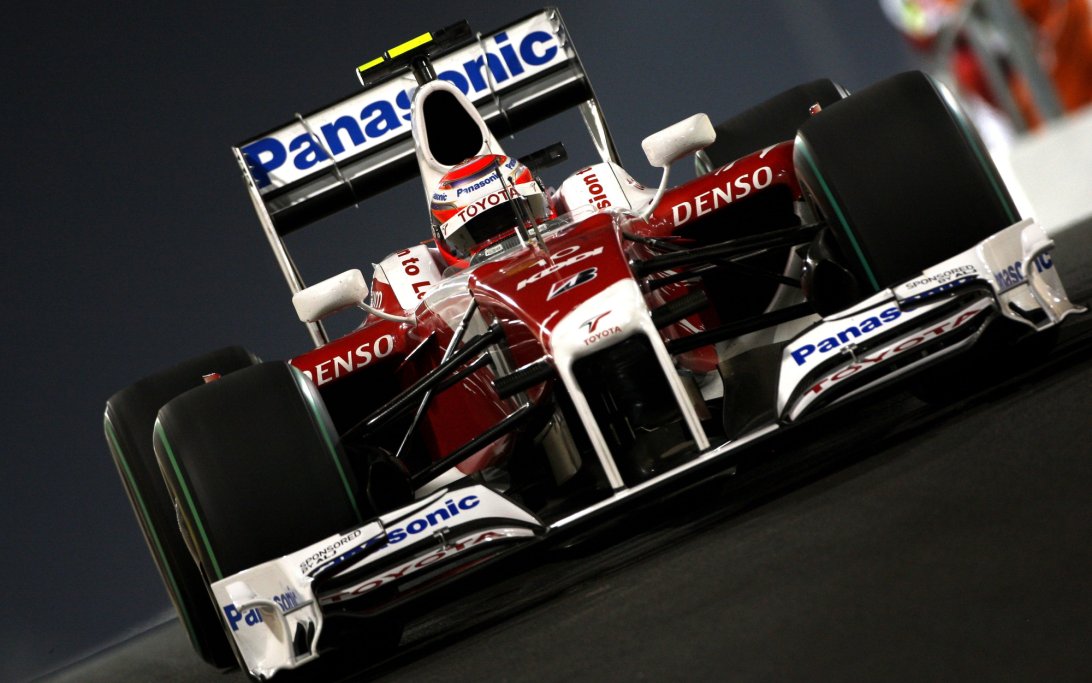
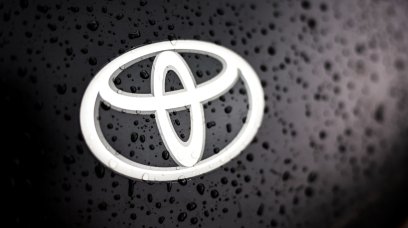
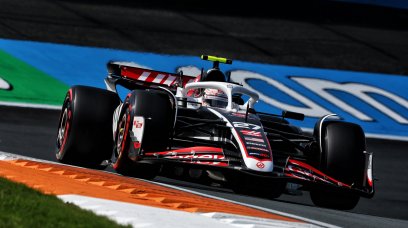
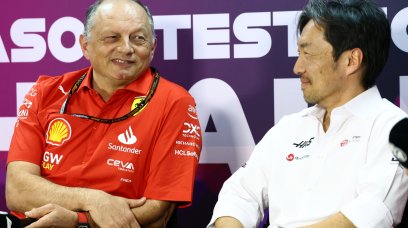





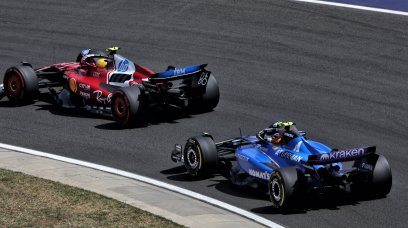

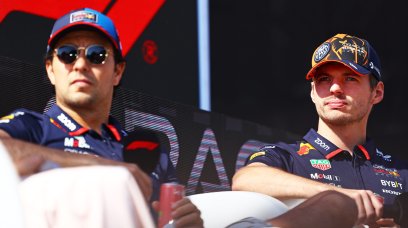

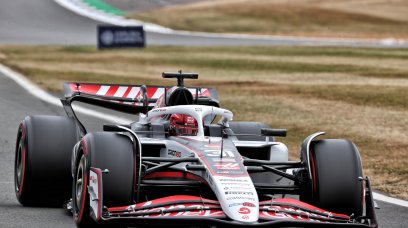


Join the conversation!